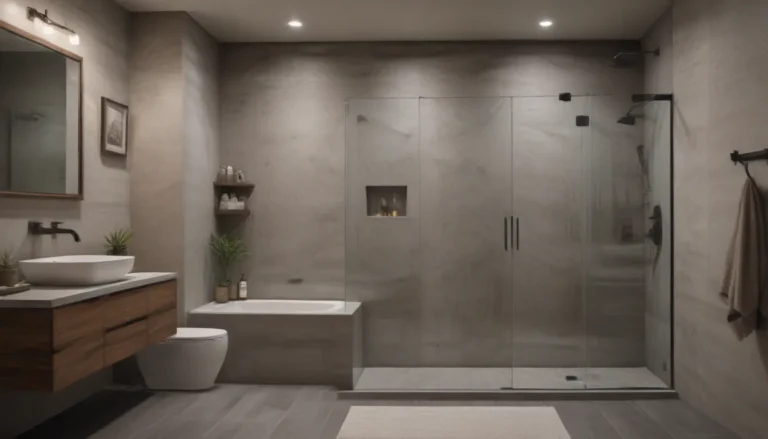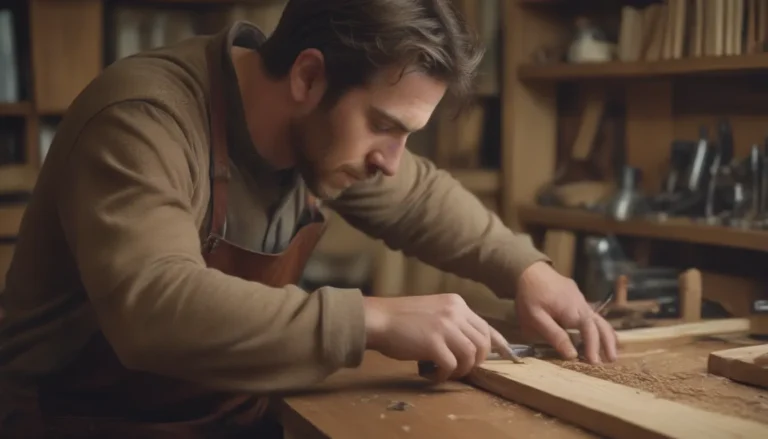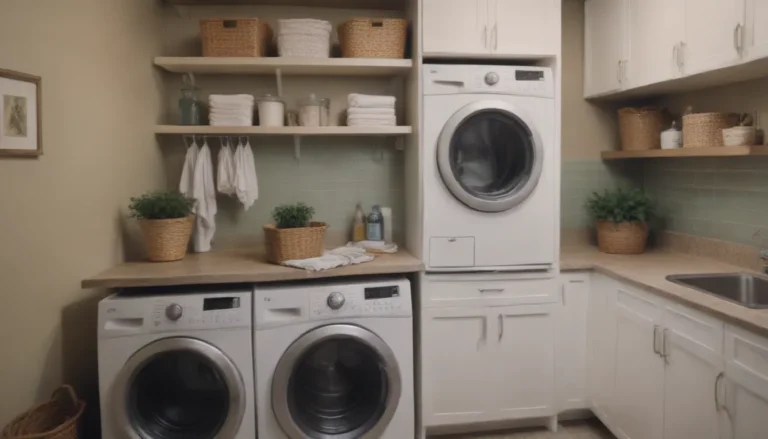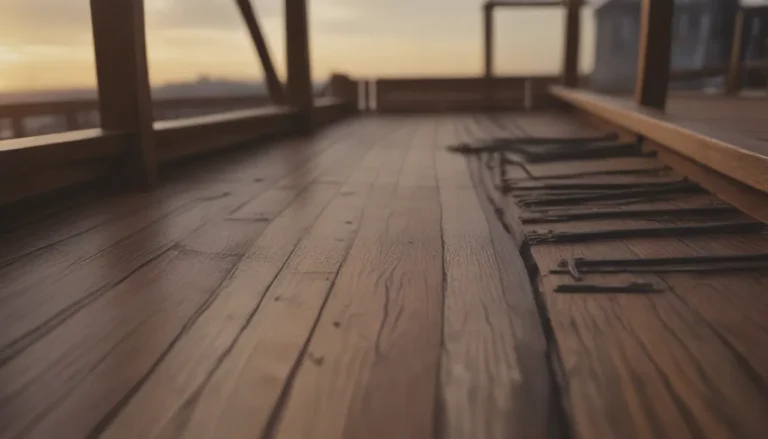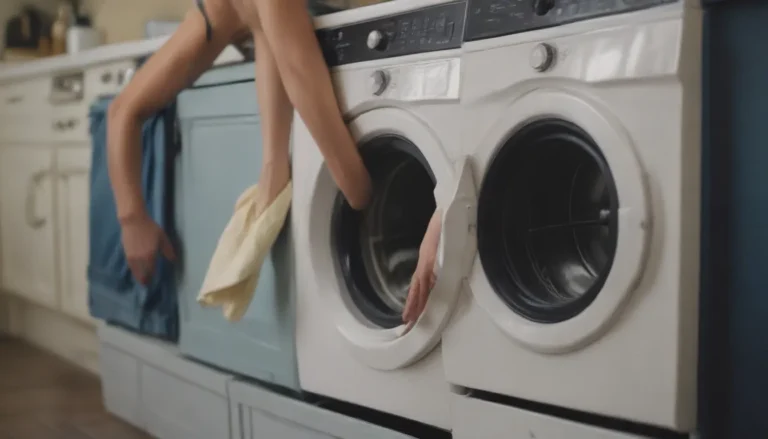The Ultimate Guide to Laundry Room Flooring: Everything You Need to Know

Are you looking to upgrade your laundry room flooring to something more functional, durable, and attractive? The right flooring in your laundry room can make a significant difference in both the look and functionality of the space. But with so many options available, how do you know which one is the best fit for your needs?
In this comprehensive guide, we will explore different types of laundry room flooring options, their pros and cons, and which ones to avoid. From sheet vinyl to tile flooring, concrete, laminate, and engineered wood, we’ll cover everything you need to know to make an informed decision for your laundry room.
Why Does Laundry Room Flooring Matter?
When it comes to choosing the right flooring for your laundry room, there are a few key factors to consider:
- Comfort: You want flooring that is comfortable to stand on, especially if you spend a lot of time in the laundry room.
- Durability: Your flooring should be able to withstand heavy foot traffic, moving appliances, and potential water damage.
- Moisture Resistance: Since moisture is a common issue in laundry rooms, it’s crucial to choose flooring that is water-resistant.
- Easy to Clean: Spills and messes are inevitable in a laundry room, so opt for flooring that is easy to clean and maintain.
- Affordability: A cost-effective flooring option that meets all these requirements is ideal for any laundry room.
The Best Types of Laundry Room Flooring
Sheet Vinyl Flooring
Pros:
– Waterproof
– Few seams
– Inexpensive
– Easy to clean
Cons:
– Plain appearance
– Difficult to self-install
– Low resale value
If you’re looking for a highly reliable waterproof flooring option, sheet vinyl is a great choice. With its seamless, waterproof material, sheet vinyl is easy to clean and can withstand minor flooding. It’s affordable and holds up well to traffic, making it a practical option for any laundry room.
Luxury Vinyl Flooring (LVF)
Pros:
– Inexpensive
– 100% waterproof
– Easy to install by yourself
Cons:
– Seamed material
– Cannot be refinished
– Not environmentally friendly
Luxury vinyl plank flooring offers the look of real wood with the added benefit of being 100% waterproof. It’s easy to install and maintain, making it a popular choice for DIYers. However, care must be taken to ensure tight seams to prevent water damage.
Tile Flooring
Pros:
– Wide range of styles
– Waterproof
– Easy to clean
Cons:
– DIY installation can be tricky
– Cold and hard
– Needs a very solid base
Ceramic and porcelain tile flooring are classic choices for laundry rooms due to their durability and waterproof properties. While tile can be hard on the feet, adding radiant heating or gel mats can make it more comfortable. Tile is easy to clean and provides a solid base for washers and dryers.
Concrete Flooring
Pros:
– Durable
– Generally waterproof
– Easy to clean
Cons:
– Cold
– Unattractive on its own
– Hard to stand on for long periods
Concrete flooring is a hardy and reliable choice for laundry rooms. While it may not be the most attractive option on its own, you can improve its look with acid-etching, painting, or staining. Additionally, adding an outdoor rug can soften the surface and make it more comfortable to stand on.
Laminate Flooring
Pros:
– Inexpensive
– Easy to install by yourself
– Easy to clean
Cons:
– Not waterproof
– May delaminate
– Cannot be refinished
Laminate flooring is a cost-effective option for laundry rooms, but it does come with the risk of water damage. It’s essential to tightly seam laminate flooring and take precautions, such as using a pan under the washing machine, to prevent damage. While laminate is easy to install and clean, it may not be the best choice for moisture-prone areas.
Engineered Wood Flooring
Pros:
– High resale value
– Attractive
– Better choice than solid wood
Cons:
– Veneer may delaminate
– Expensive
– Damaged by some chemicals
Engineered wood flooring offers the look of real wood with added durability and moisture resistance. While it may be more costly than other options, its high resale value and attractive appearance make it a popular choice for laundry rooms. Be sure to take precautions to prevent water damage and maintain the flooring’s appearance.
The Worst Types of Laundry Room Flooring
Carpet
Cons:
– Soaks up moisture
– Prone to mildew and damage
– Not ideal for laundry rooms
Carpet is not a suitable choice for laundry room flooring due to its tendency to absorb moisture and become damaged over time. While it may be comfortable to stand on, carpet is not practical in a space where spills and water are common.
Mosaic Tile
Cons:
– Not durable against heavy machinery
– Stains and cracks easily
– Expensive to install
Mosaic tile may look attractive, but it’s not the most practical choice for a laundry room. Its tendency to crack and stain, along with its higher cost of installation, make it a less-than-ideal flooring option for this space.
Bamboo
Cons:
– Warps and expands with water exposure
– Not ideal for moisture-prone areas
– Can be costly to install
While bamboo flooring is more resistant to moisture than hardwood, it still has the potential to warp and expand when exposed to water. In a laundry room where flooding is a risk, bamboo flooring may not be the best choice due to its susceptibility to water damage.
Marble
Cons:
– Slippery when wet
– Prone to staining
– Expensive and high maintenance
Marble flooring, while beautiful, can be slippery and prone to staining in a laundry room setting. It requires regular maintenance and sealing to prevent damage, making it a less practical choice for this space.
Solid Wood Flooring
Cons:
– Not dimensionally stable
– Prone to swelling and shrinking with water exposure
– Requires careful maintenance
Solid wood flooring may be attractive and offer high resale value, but it’s not the most practical choice for laundry rooms. Solid wood is susceptible to water damage and requires careful maintenance to prevent swelling and shrinking.
Conclusion
When it comes to choosing the best flooring for your laundry room, it’s essential to consider your preferences, priorities, and budget. Whether you prioritize practicality, appearance, moisture resistance, durability, ease of cleaning, or cost, there are various options available to suit your needs.
From waterproof sheet vinyl to luxury vinyl, tile, concrete, laminate, and engineered wood flooring, there are choices for every preference and budget. By selecting the right flooring for your laundry room, you can create a functional, durable, and attractive space that meets your needs and complements your home’s design.
Remember to weigh the pros and cons of each flooring option before making a decision. With the right choice, you can transform your laundry room into a comfortable and stylish space that makes chores a little more enjoyable.
